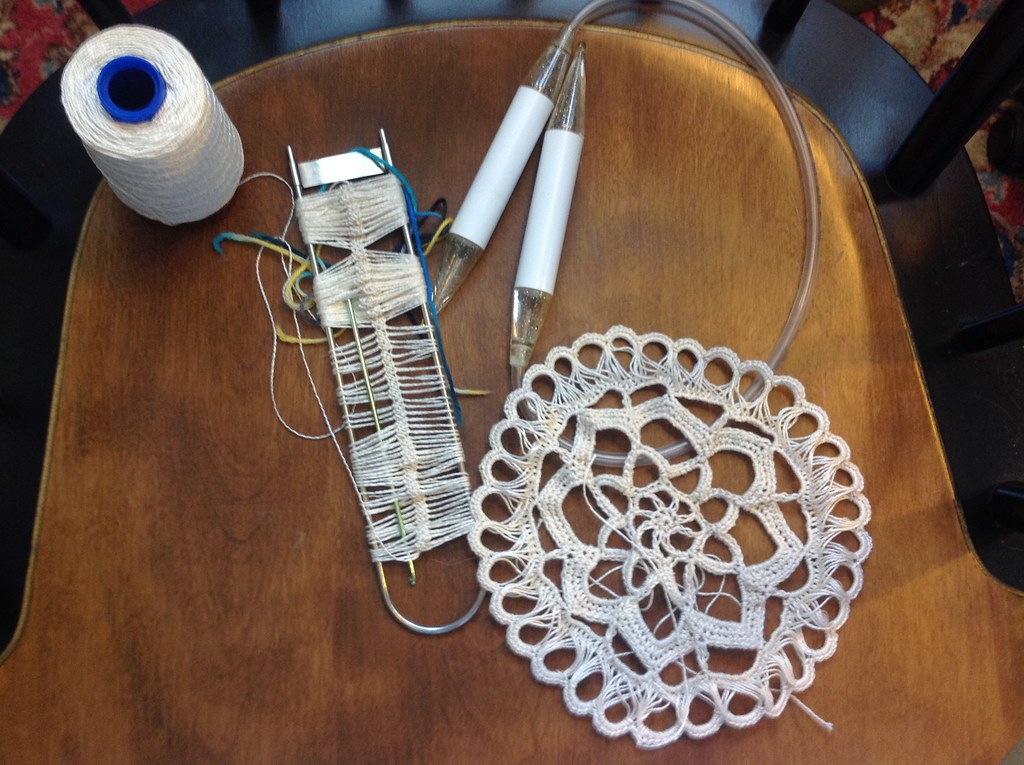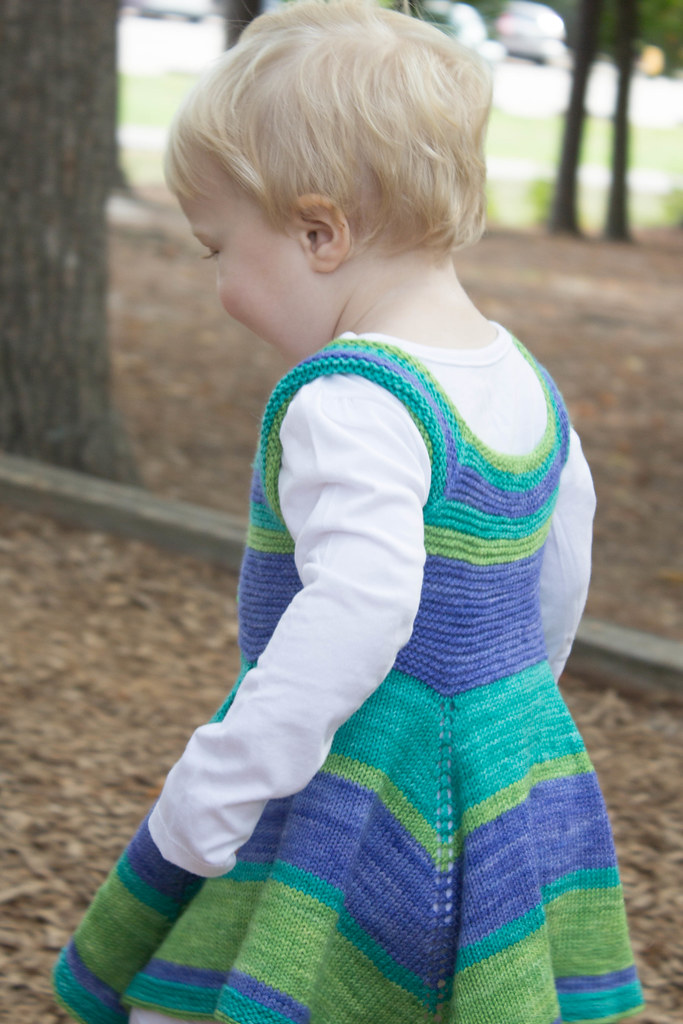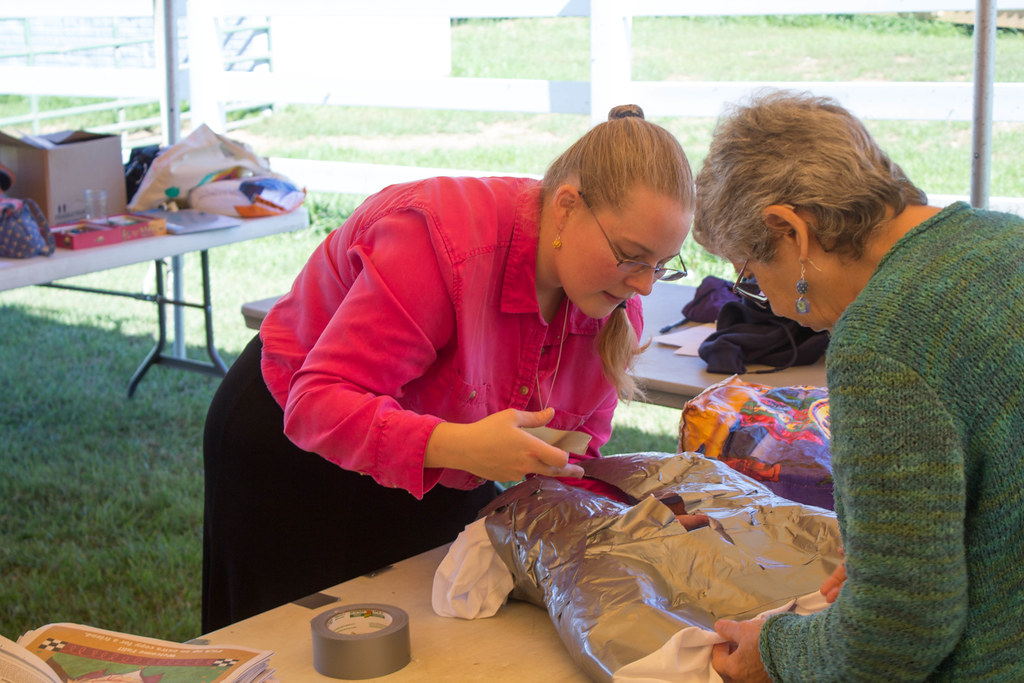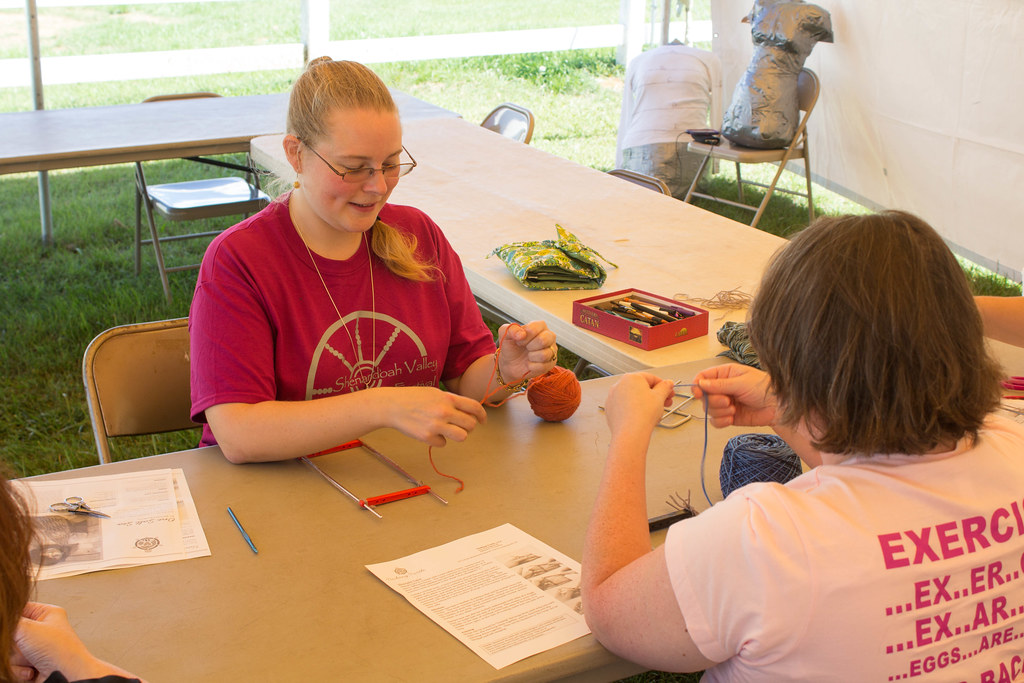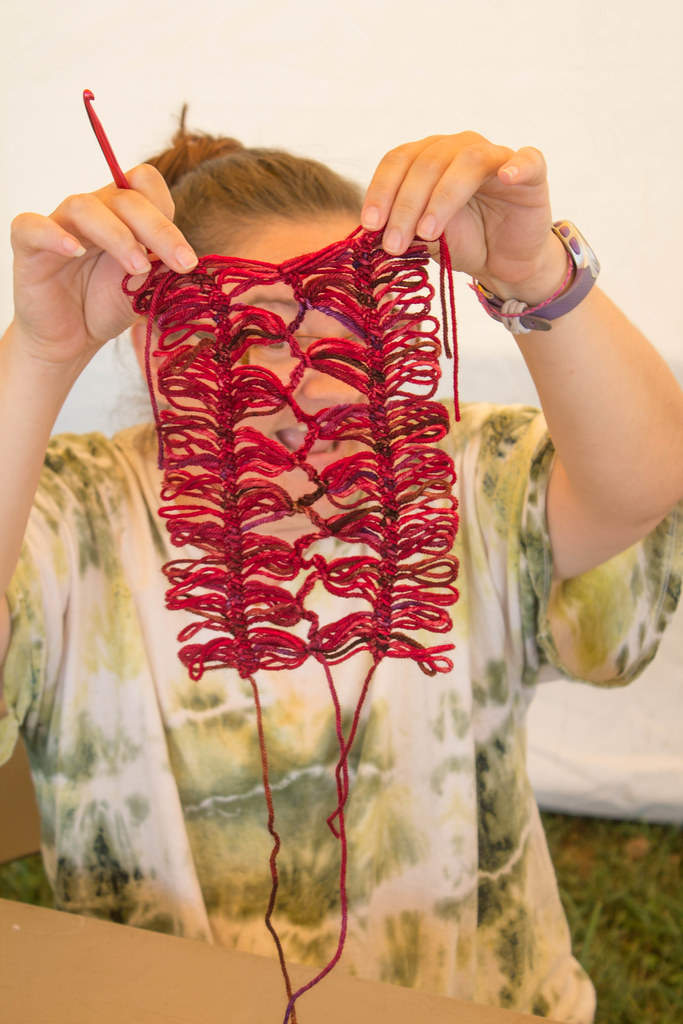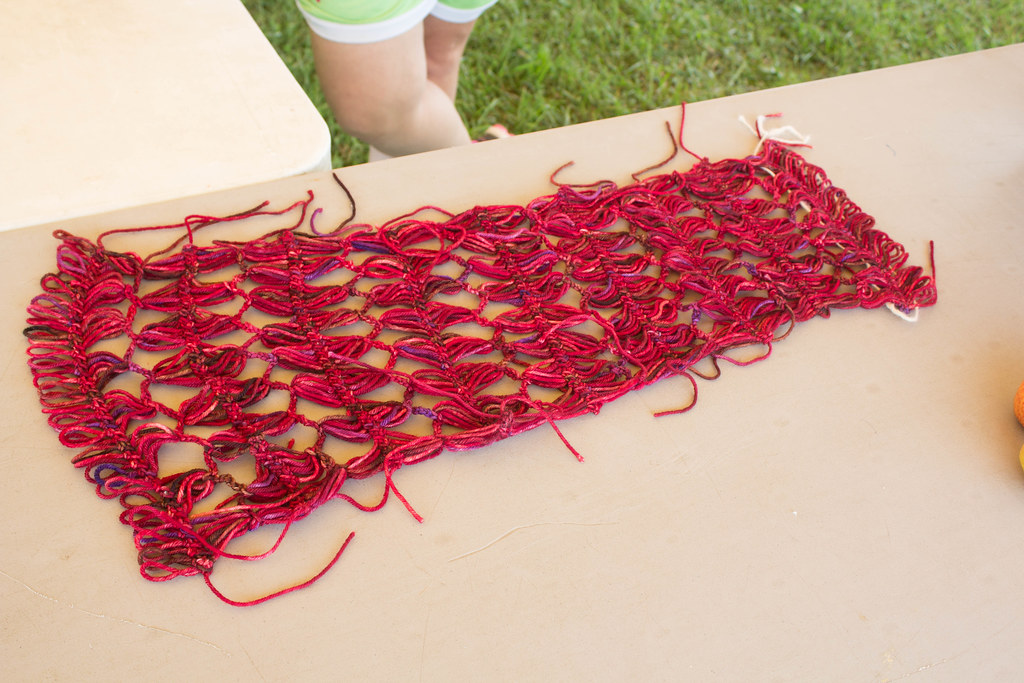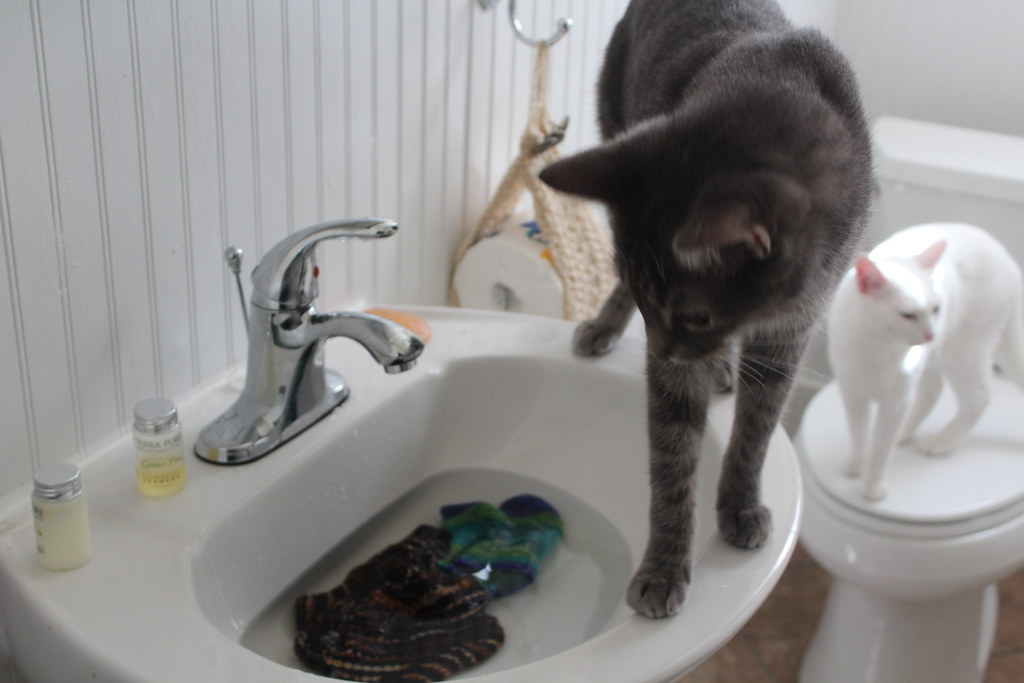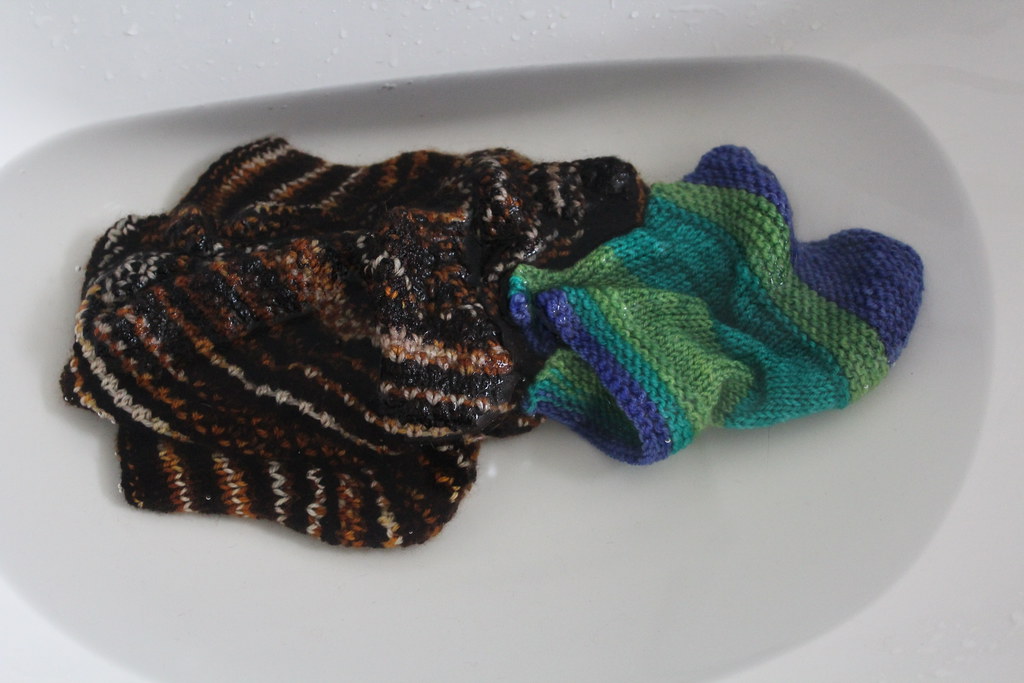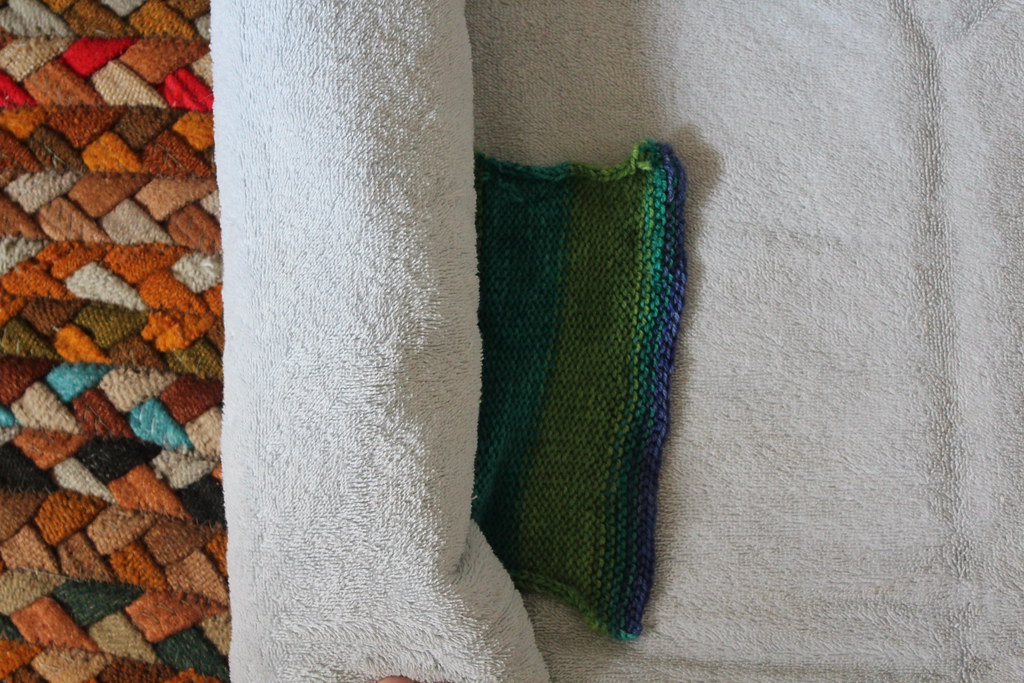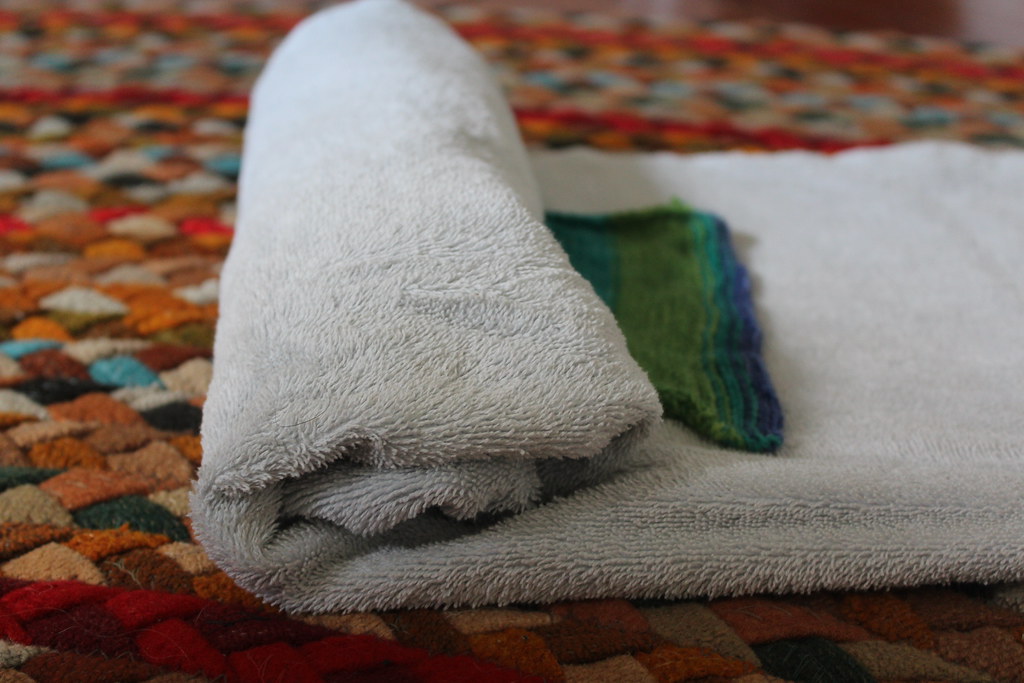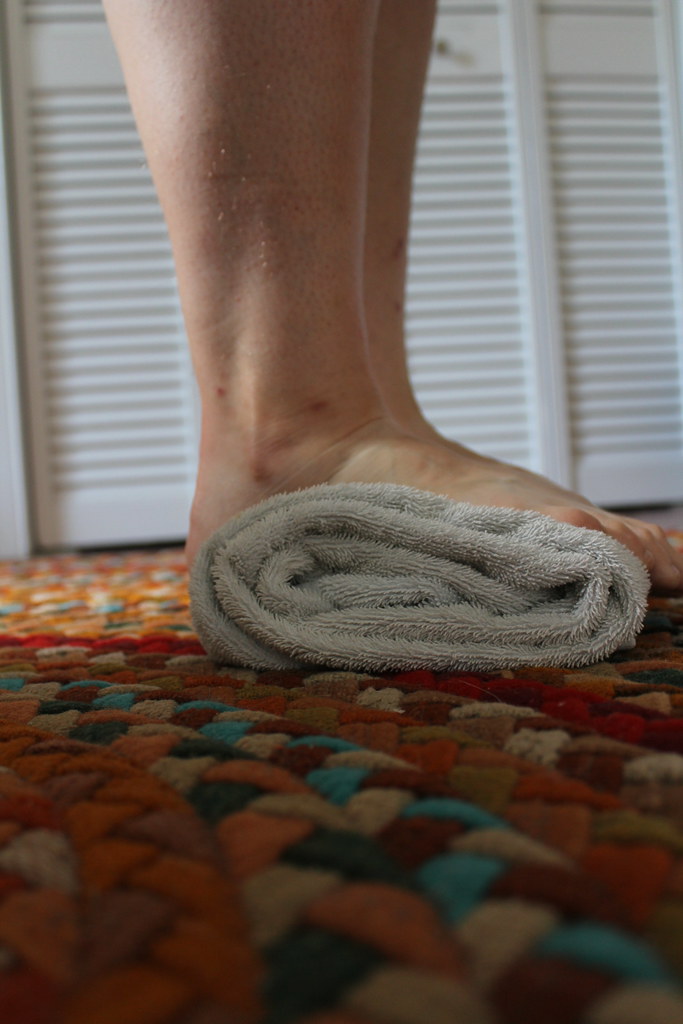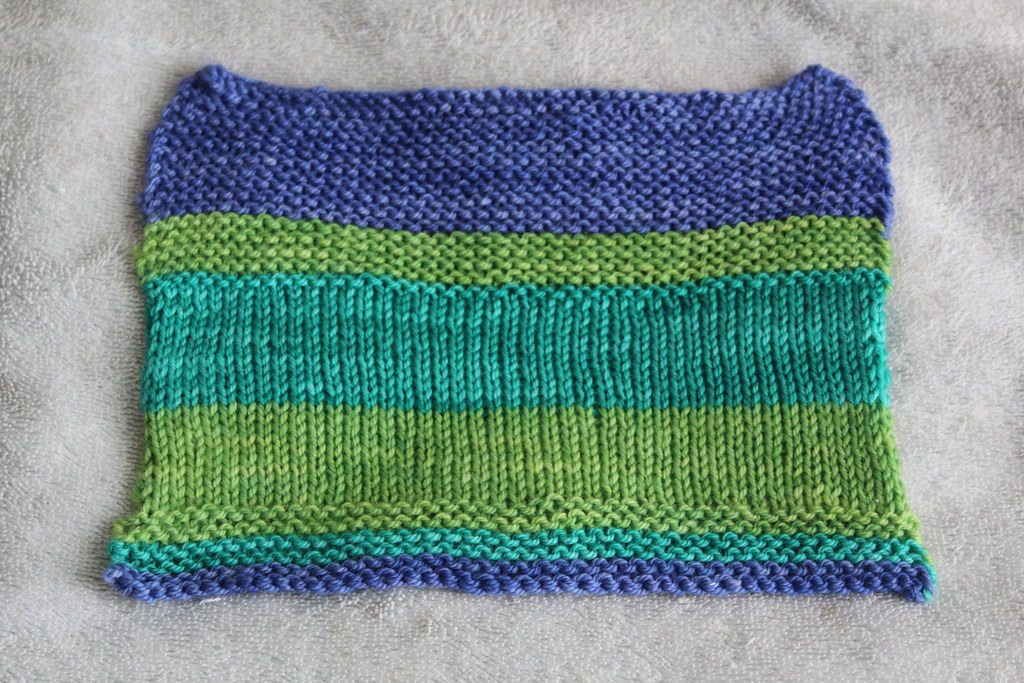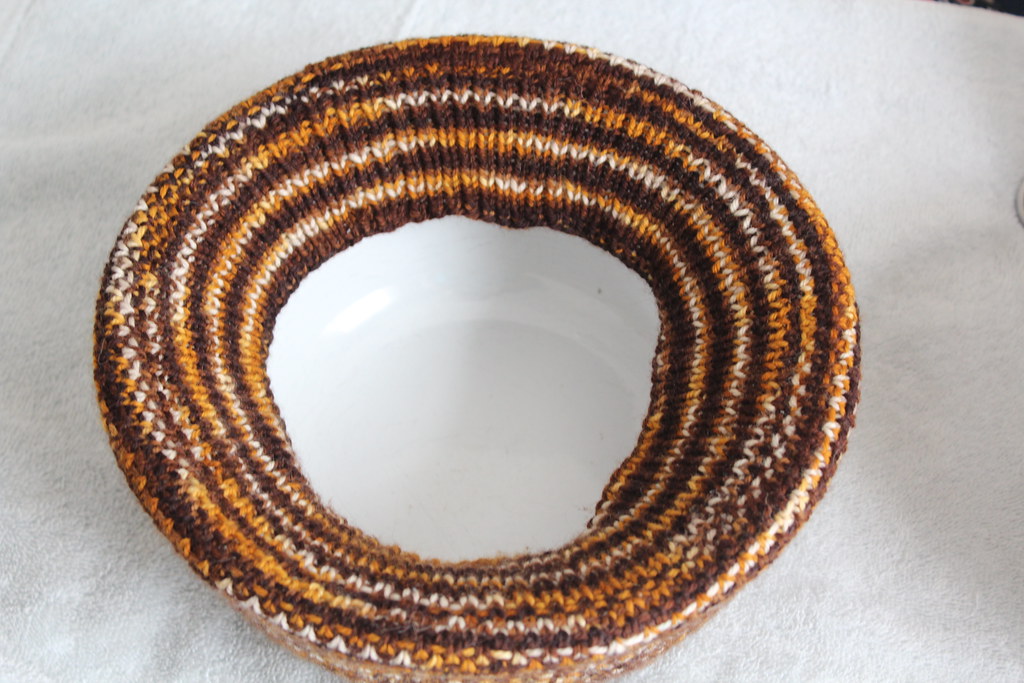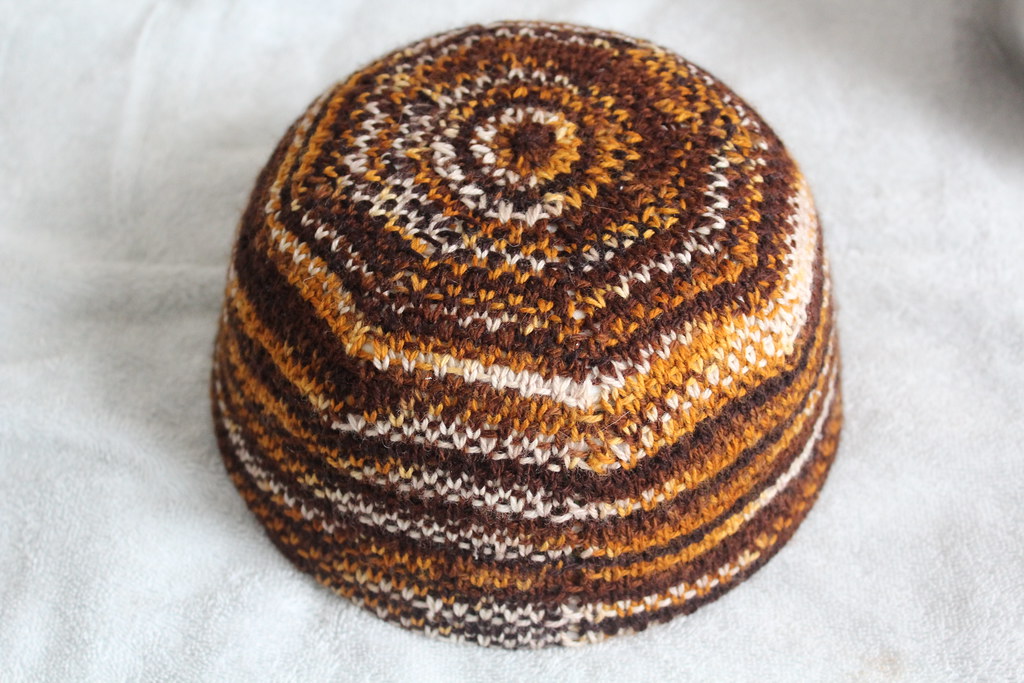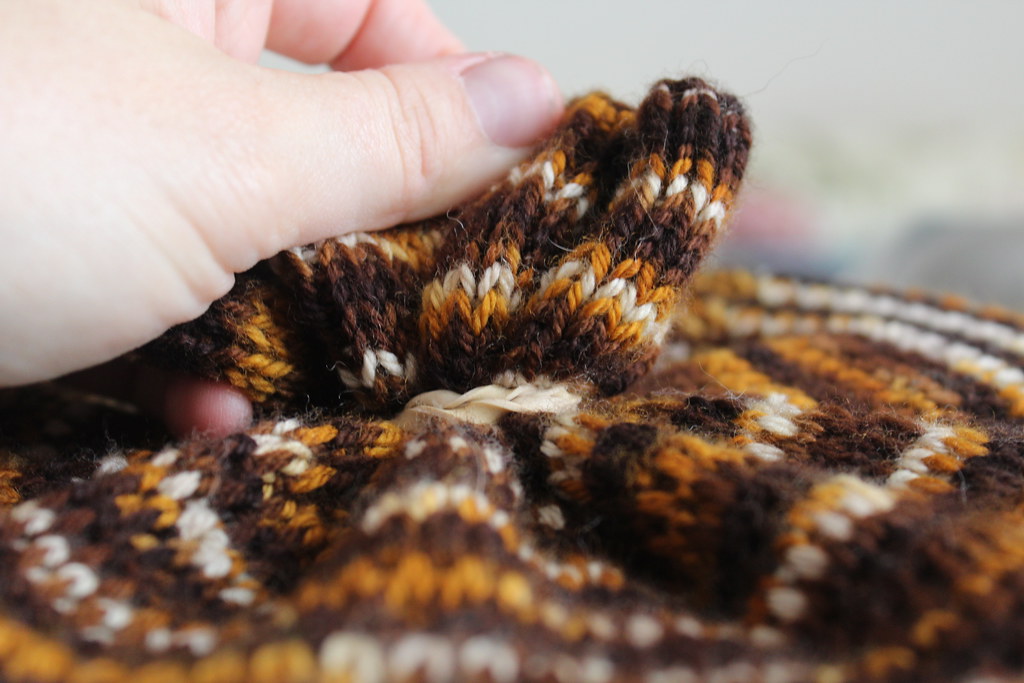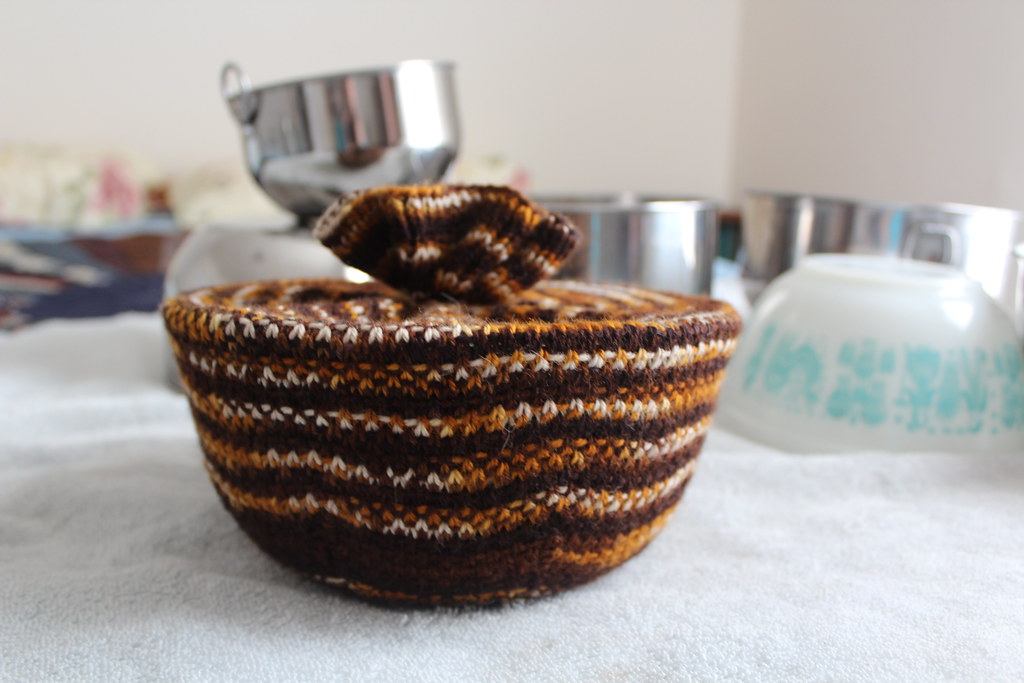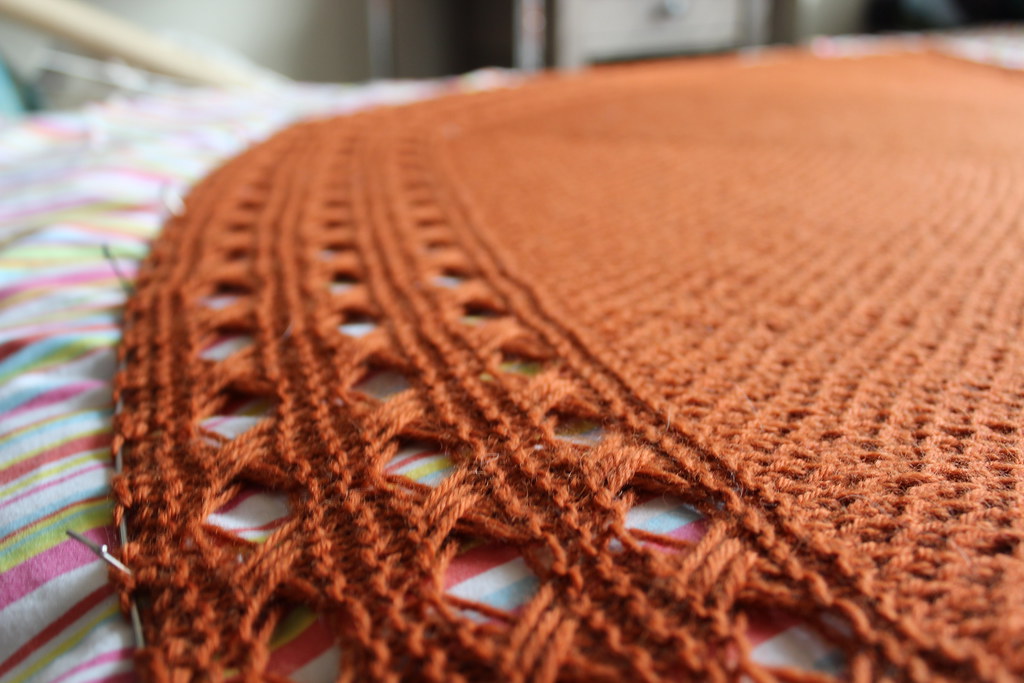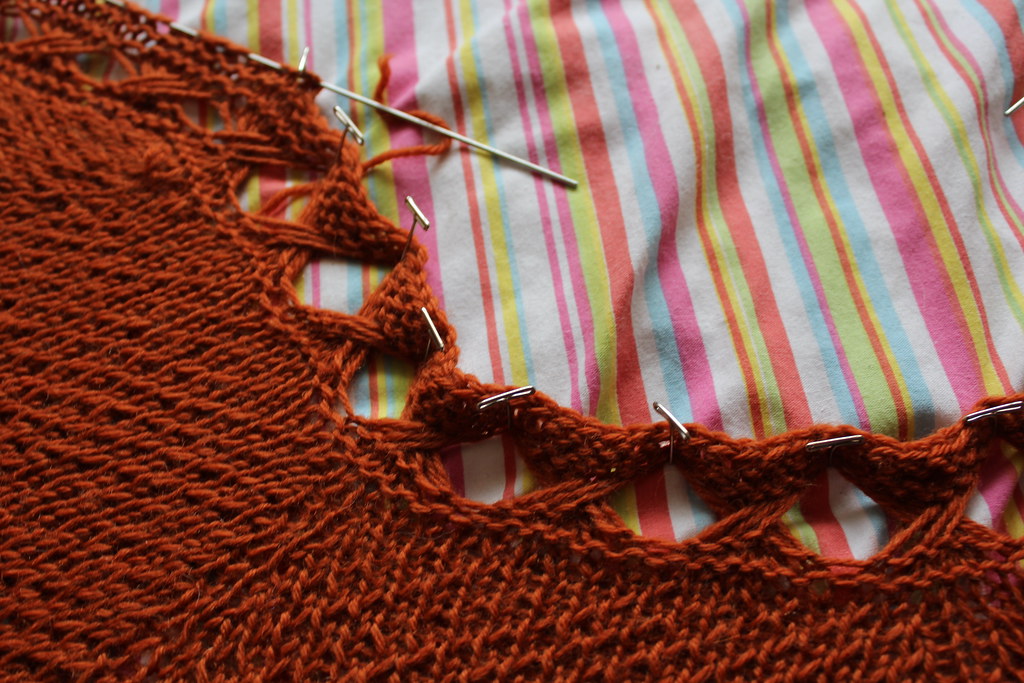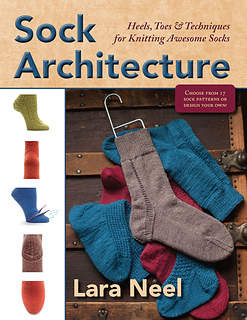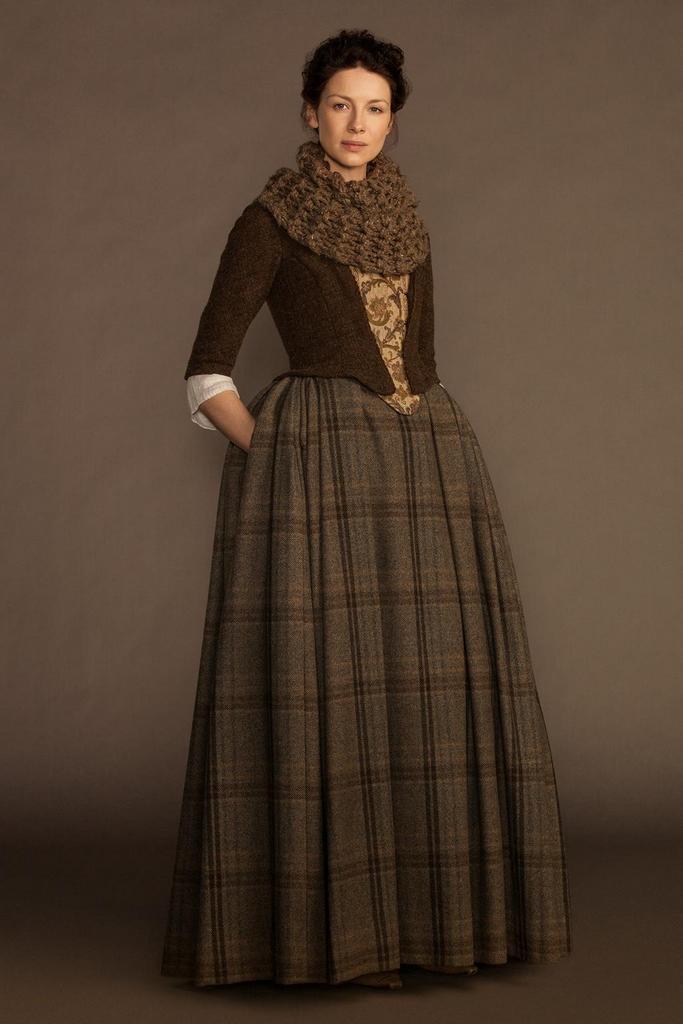I’ve got a cat on my lap and cannot move. He is warm and purring up a storm. This is one of the reasons I love the Fall – my not-so-cuddly-cat (Peake) turns into a snugglebug come cold weather. And unlike Watson, who will sit on your lap but demand you pet him the whole time until it gets REALLY annoying, Peake will just fall asleep on your lap, purr, and share his warmth.
I made a mistake on my last post – which wasn’t supposed to go live until later this month. Three Square won’t be available until October 15th. Sorry. I’m going to leave the post up (because I imagine it’d be more confusing if I withdrew it and then put it back up), but if you’d like to be notified when it will be available, you can signup for the email newsletter here, and I’ll send out an email when the Knitting Boutique has it ready.
This last weekend I was all over teaching. On Saturday I was teaching at Woolwinders and then speaking at the Kensington Creative Knitter’s Guild. On Sunday I was at the Montpelier Sheepdog Trials and Fiber Festival, where I was teaching my wonderful Hairpin Lace Class. To my shame, I got no pictures of the entire weekend.
I love teaching, and I love how I can teach the same class and have it be entirely different each time. Sometimes I’ll have a class where everyone is REALLY motivated to learn the skill. The energy is electric as people are concentrating and thinking. Sometimes I’ll have a class where the students will just click. Life stories will be shared. By the end of the class everyone is good friends, trading contact information, and resolving to see each other again. Sometimes I’ll have a class that’s really struggling with a concept, and then suddenly the lightbulb goes off for one person, and that person’s understanding will spread, until there’s a turn in the class and everyone suddenly “gets” it.
My last two Hairpin Lace classes have been amazing. I make no bones about the fact that one of the reasons I teach hairpin lace is because I want to design more lace, and the only way I can do that is if I have a market for it. In my last two classes I’ve had students walk away really motivated to do more hairpin, which I love. Two weekends ago at SVFF, I had a student who came back the day after the class to show me the scarf nearly half done she was so excited.
This week at Montpelier, the last half hour of the class turned into a brainstorming session, with students imagining different uses for hairpin lace. They were brainstorming ways to integrate it with knitting, talking about ways to shape it or connect it, and generally getting fired up about the technique. It was wonderful. It was amazing. And I came home completely motivated and wanting to play with the hairpin lace more.
 |
| The center of the scrumble, an 8 pointed star. |
Let me show you.
The last few evenings last week, instead of knitting or crocheting for work, I was fooling around with a cone of cotton & rayon thread I’d gotten several years ago. It’s basically my version of scumbling/sketching, and I was crocheting just for the fun of the action, not to make anything in particular. Oftentimes when I do this, my brain will disgorge something I didn’t even realize I was thinking about, and it will eventually become some sort of design idea. But for now, I was just playing. I decided I was going to try and add a little bit if everything I knew how to do, kinda like a sampler.
So last night I added a “row” of broomstick crochet. And then I decided I was going to play around with a way of connecting hairpin lace strips to work that I hadn’t seen before. I did the math, and I need to make a strip of 264 loops (that is, 264 loops on each side), and it’s in thread weight
cotton. I don’t know what I was thinking (as in, it’s going to take a couple of nights). BUT! It’s going to be interesting. I’ll keep you posted on my progress.

